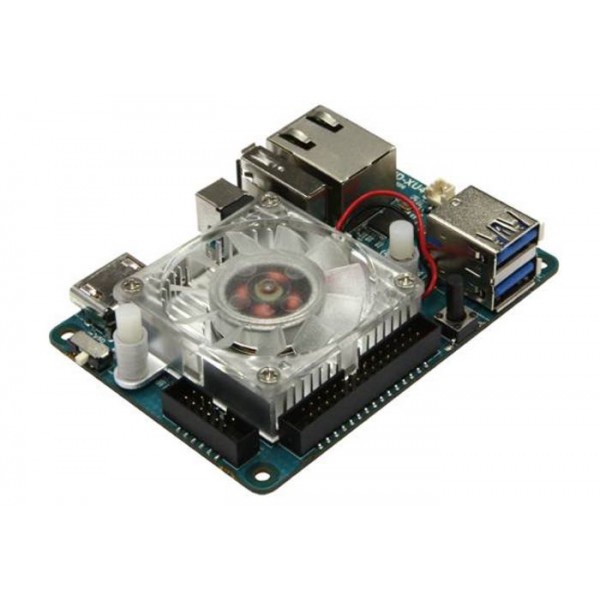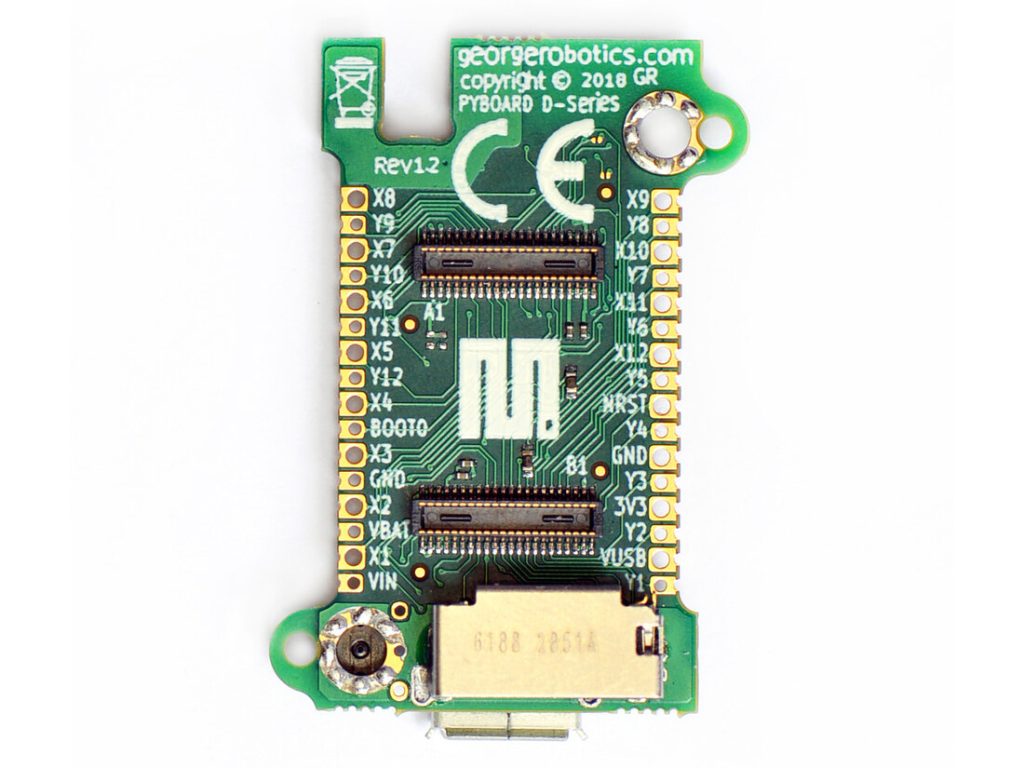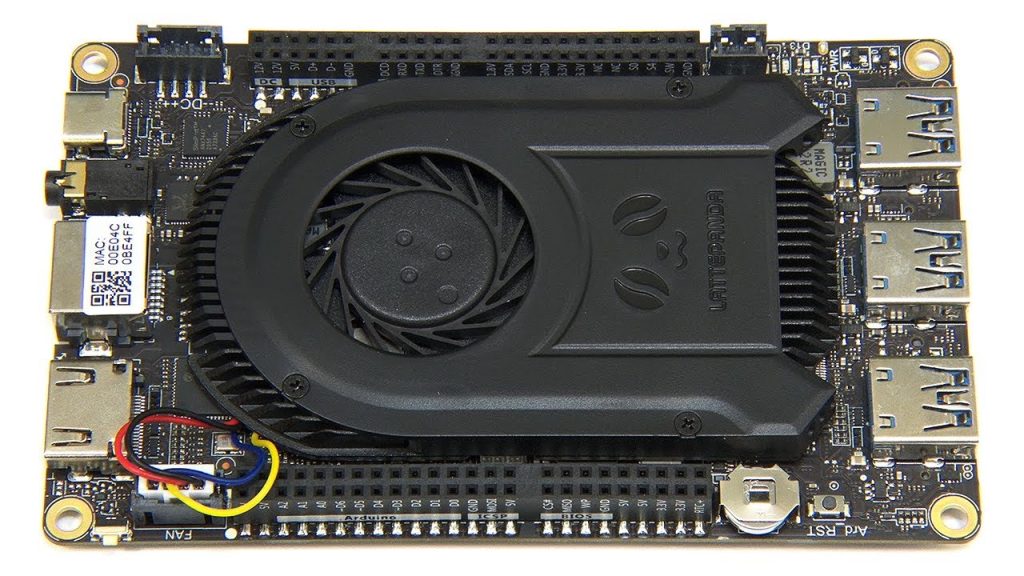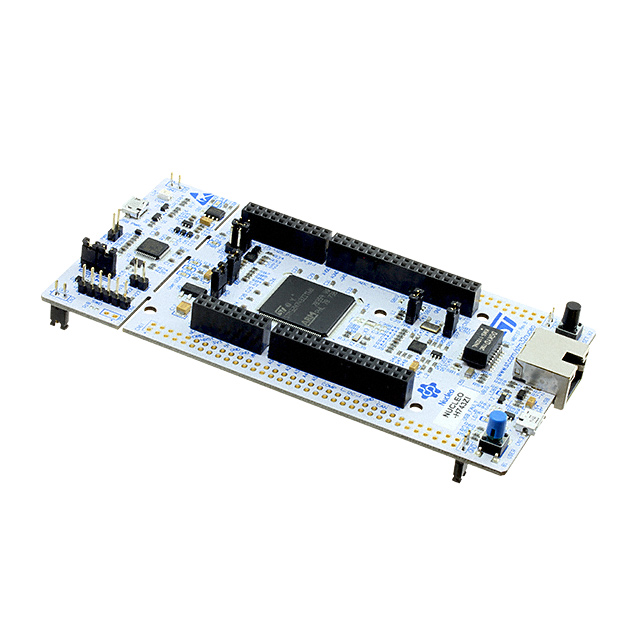Beijing’s World Robot Conference (WRC) 2025 felt like stepping into the future. Held from 8–12 August 2025, the conference drew governments, tech giants and start‑ups to Beiren Yichuang International Convention & Exhibition Center. This year’s theme — Co‑Intelligence, Co‑Evolution, Co‑Future — set a collaborative tone: robots weren’t merely tools; they were partners in an evolving human‑machine symbiosis. As you moved through the halls, drone choreographies and autonomous delivery vehicles buzzed overhead, while attendees marvelled at the sheer variety of machines on display.
Humanoids steal the spotlight
One of the first booths on the floor was EngineAI’s. Their PM01 humanoid showcased fluid, lifelike movements. In a live demonstration, the robot performed autonomous fall recovery, navigated obstacles with agility, and even transitioned seamlessly from running to sitting without losing its balance. Nearby, the company unveiled the T800, a 1.85‑metre, 85‑kilogram heavy‑duty humanoid built with 41 high‑degree‑of‑freedom joints, a solid‑state battery and an aluminium alloy exoskeleton. Designed for industrial tasks, the T800’s multi‑sensor fusion system allowed it to process environmental data in real time, setting a new benchmark for heavy‑load robots. EngineAI also teased the SA02, a compact humanoid aimed at young enthusiasts with a starting price of around $5,300, and the JS01, a nimble quadruped equipped with LiDAR and depth cameras for rugged terrain.

These breakthrough models highlight how far humanoids have come since the lumbering prototypes of a decade ago. EngineAI’s portfolio isn’t just about flashy demos; it illustrates a push toward commercialisation. The PM01’s autonomous fall recovery hints at potential eldercare applications, while the T800’s robustness promises utility in factories and construction sites. Meanwhile, the JS01 quadruped could find roles in industrial inspections and emergency response, thanks to its adaptive shock‑absorbing joints and terrain‑sensing algorithms.
Beyond humanoids: breakthrough sensors and AI
It wasn’t only robots that drew crowds. Orbbec introduced the Pulsar ME450, the first multi‑pattern direct time‑of‑flight (dToF) 3D LiDAR that combines a MEMS mirror with a motorised azimuth control. This configuration lets the sensor switch on the fly between non‑repetitive, non‑dense repetitive and dense repetitive scanning, offering unprecedented flexibility for autonomous systems. The result is millimetre‑level precision across diverse conditions and applications ranging from smart forklifts and logistics robots to lawn mowers and surveying equipment.
In an interview to IT Supply Chain, Guo Wei, head of Orbbec’s LiDAR R&D team, explained why the technology matters: “The ME450 overcomes the limitations of single‑mode LiDAR by combining high‑precision MEMS pitch scanning with motorised azimuth control, delivering unprecedented flexibility and reliability for robotic environmental perception”[6]. In an ecosystem where perception is often the bottleneck, sensors like the ME450 are as revolutionary as the robots they serve.

Service robots and robotic ecosystems
While humanoids and sensors stole headlines, the breadth of applications at WRC 2025 underscored that robotics is infiltrating every industry. In healthcare pavilions, surgical robots performed mock procedures with haptic feedback and minimal latency, while nursing robots used emotion‑recognition algorithms to monitor vital signs and provide companionship to elderly participants. Autonomous warehouse bots whizzed through simulated logistics centres, adjusting their trajectories in real time thanks to AI‑powered inventory systems. Even domestic cleaners have evolved; the newest models incorporate large language models so they can chat with owners, adapt cleaning schedules, and double as smart assistants.
Outdoors, autonomous orchard harvesters gently twisted apples off branches, and pesticide‑spraying drones floated over fields with surgical precision, promising to transform agriculture. The diversity of robots on display reflected China’s national “Robot+” strategy, which encourages automation across ten sectors — from automotive and agriculture to logistics and healthcare.
Ethics, policy and global collaboration
Beyond the show floor, discussions ranged from ethics to international cooperation. Panels debated how to ensure AI‑driven machines align with human values and whether robots should simulate emotions. Legal scholars and philosophers explored the implications of granting robots greater autonomy in caregiving or industrial settings. These conversations are timely; as machines become more capable, the need for clear regulations grows.
The conference emphasised global partnerships too. Chinese firms announced cross‑border AI labs and shared patent agreements with counterparts in Germany, Japan, South Korea and the United States. Multilingual interpreter bots facilitated conversations between engineers, investors and policymakers, reinforcing WRC’s role as a bridge between nations. Such collaboration is crucial because isolated progress risks fragmentation; a harmonised approach to data privacy, open‑source standards and human‑AI collaboration can guide the ethical deployment of robots worldwide.
Start‑ups, venture capital and the race ahead
Start‑ups thrived at WRC 2025. Venture funds hosted pitch competitions for robotics entrepreneurs, while academic institutions like Tsinghua University and MIT unveiled dual‑degree programs in Robotics and AI Policy. One start‑up demonstrated miniature pipeline‑inspection robots that crawl inside pipes and transmit real‑time data; another showcased an emotion‑sensing AI module that can be integrated into any robot, allowing it to adapt its behaviour based on the user’s mood. The energy in these pavilions suggested that the next robotics unicorns may be born from interactions like these.
As the event drew to a close, the WRC organising committee released a white paper advocating for international alignment on data privacy and open‑source standards. It also announced plans to rotate future editions of WRC through ASEAN and European hubs, signalling an intent to transform a national showcase into a truly global movement.
Conclusion
WRC 2025 wasn’t just about marvelling at robots; it was about recognising that robots are woven into the fabric of modern society. The conference showcased breakthrough machines like EngineAI’s PM01, T800, SA02 and JS01, and game‑changing technologies like Orbbec’s Pulsar ME450 LiDAR. It also sparked necessary discussions on ethics, policy and collaboration. Leaving the exhibition hall, one thing felt certain: the future of robotics will depend not only on technological ingenuity but on how societies choose to integrate machines into everyday life.




